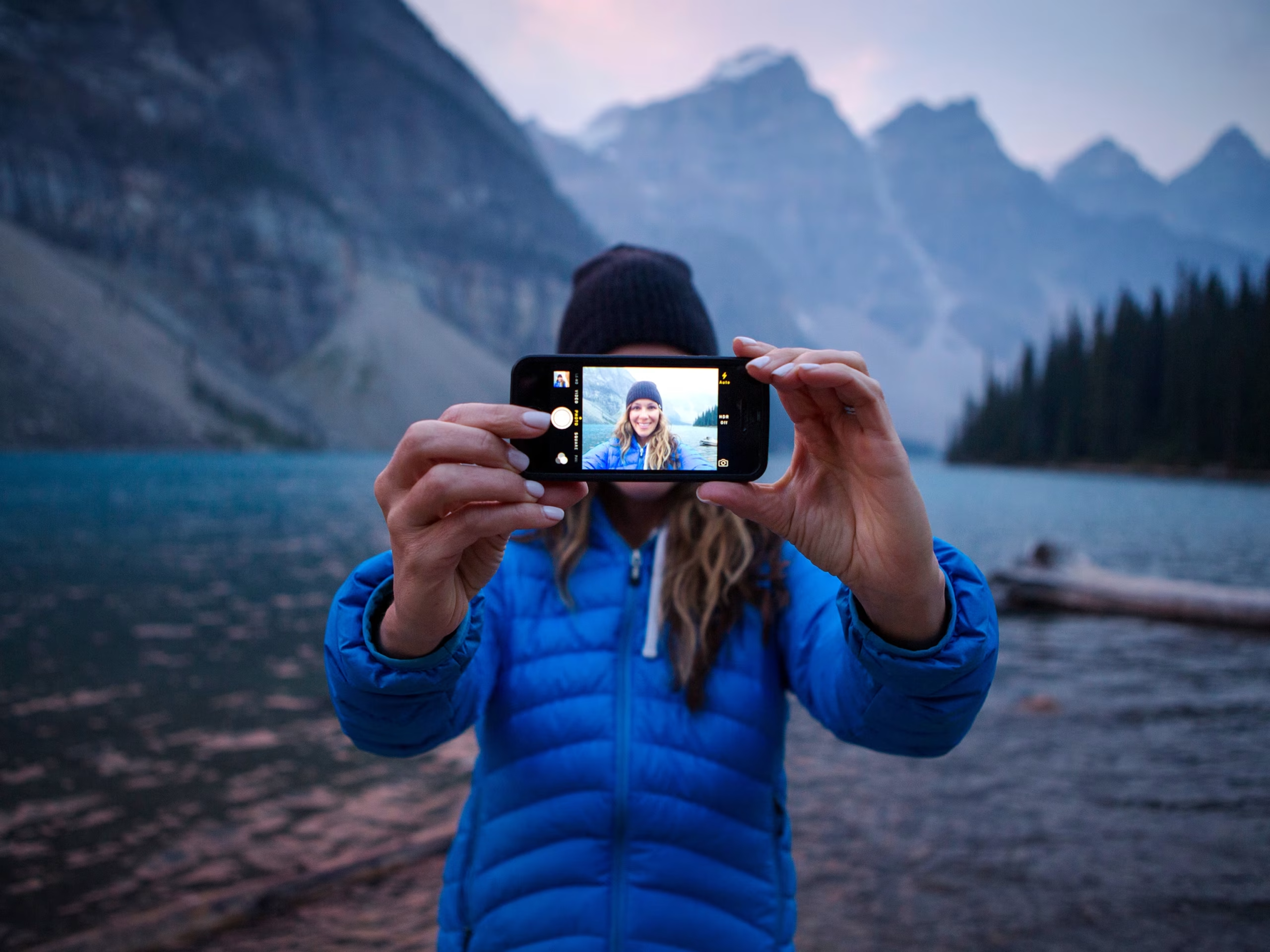In the digital age, social media platforms have become ubiquitous in our daily lives, shaping the way we communicate, share experiences, and even how we travel. Among these platforms, Instagram stands out as a powerful influencer in the realm of travel, altering the way people explore the world. This phenomenon, often referred to as “Insta-Travel,” is not just about documenting journeys; it’s about transforming the very essence of travel itself.
The Visual Discovery of Destinations
Instagram’s visual nature makes it an ideal platform for showcasing the beauty of destinations around the globe. With the swipe of a finger, users can virtually explore beaches in Bali, hike through the fjords of Norway, or wander the streets of Paris. This visual discovery has democratized travel inspiration, making it accessible to anyone with an internet connection. It has also led to the rise of “Insta-famous” locations, places that have gained popularity primarily through their presence on Instagram.
The Influence of Influencers
Travel influencers have become the modern-day explorers, guiding the masses through their curated feeds. These digital nomads share not just photos but also tips, itineraries, and sometimes even sponsored content that can influence travel decisions. The trust built between influencers and their followers can sway where people decide to go, what they do when they get there, and even how they perceive a destination before they’ve even arrived.
The Quest for the Perfect Shot
Insta-Travel has also changed the behavior of travelers, with many planning their trips around the pursuit of the perfect photo. This has led to an increase in visitation to certain spots, sometimes causing overcrowding and environmental damage. Iconic locations like the Blue Lagoon in Iceland or the Trolltunga cliff in Norway have seen a surge in visitors, each seeking their own version of the perfect Instagram post. While this has brought attention to natural wonders, it has also raised concerns about sustainability and the impact of social media on the environment.
The Rise of Authenticity
In response to the highly curated and often unrealistic portrayals of travel on Instagram, there’s a growing movement towards authenticity. Travelers and influencers alike are beginning to share the less glamorous sides of their journeys, including the challenges and the mundane moments. This shift towards realism is refreshing and helps to set more realistic expectations for travel, encouraging exploration for its own sake rather than for the sake of a photo.
The Power of Community and Connection
Perhaps one of the most significant impacts of Insta-Travel is the sense of community and connection it fosters. Through comments, likes, and direct messages, travelers can share advice, make recommendations, and even meet up in different parts of the world. This global connection has made the world feel smaller and more accessible, encouraging cross-cultural exchanges and friendships that might not have happened otherwise.
Conclusion
Insta-Travel is more than just a trend; it’s a cultural shift in how we perceive and engage with the world around us. Instagram has not only changed the way we discover and plan our travels but also how we experience and share them. While it has its challenges, from environmental impact to the pressure for perfection, it also offers opportunities for connection, inspiration, and a deeper appreciation of the diverse beauty of our planet. As we continue to navigate this digital age, it’s clear that social media, and Instagram in particular, will remain a significant force in shaping the future of travel.
